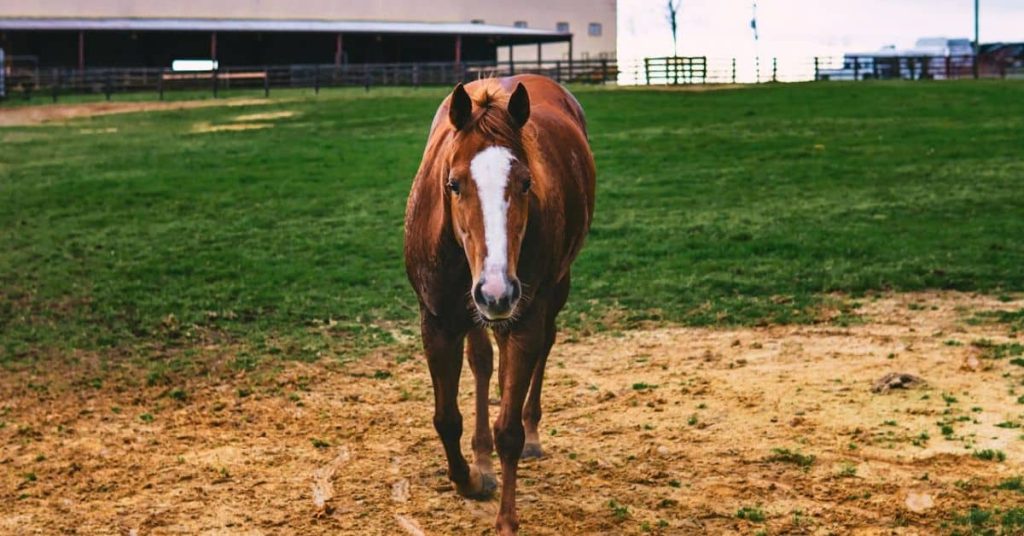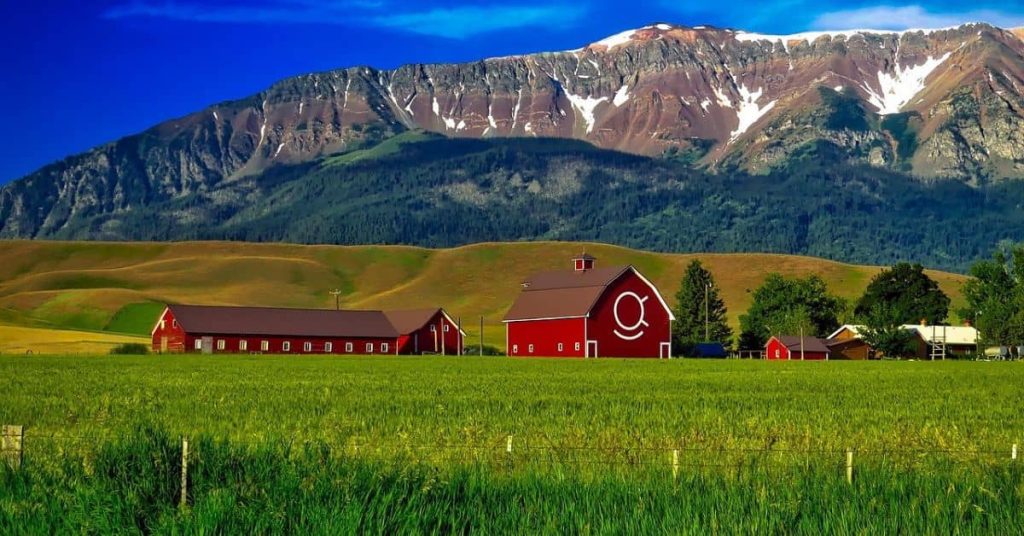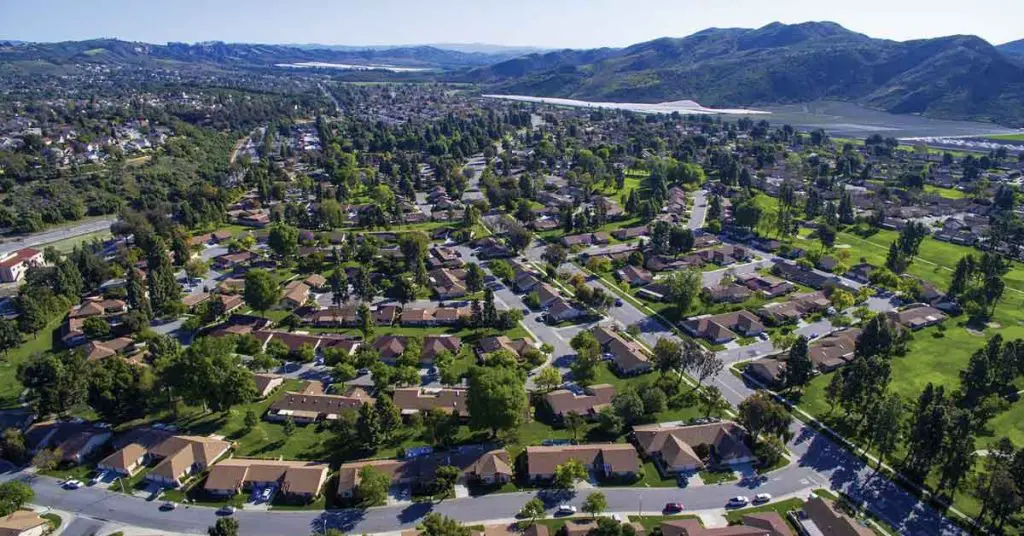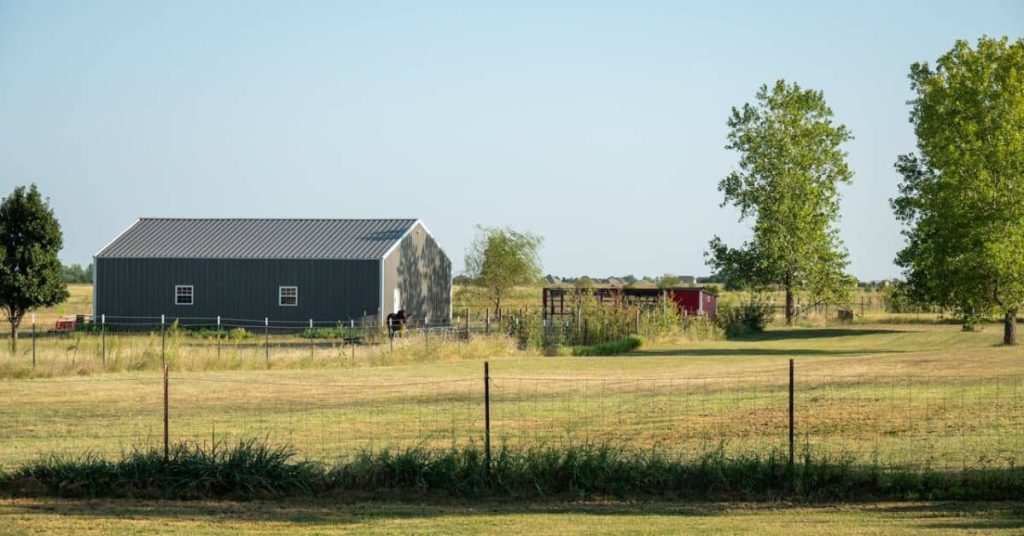Homesteading in South Dakota sounded reckless when I first told my Minneapolis neighbors. The morning after our move, I was out at 5 a.m. chipping ice from the goat trough with a cast-iron skillet because the ladle had frozen solid. The prairie wind stung, but watching pink sun spill over 80 open acres felt worth every numb fingertip.
Stick with me and you’ll leave this guide knowing exactly where to snag affordable land, which 2025 rules and rebates matter, and how to keep tomatoes alive when May nights still flirt with frost. In other words, you’ll trade rookie missteps for a head start you can feel in your pantry and your wallet.
From years of running hoop houses in Texas to coaxing kale through South Dakota blizzards, I’ve dug wells, filed permits, and stretched every grant dollar until it squeaked; lessons I’m happy to pass along like a good fence-line neighbor.
If you need quick answers, jump into the FAQ section here.
Why Consider Homesteading in South Dakota?
Homesteading in South Dakota pairs affordable land and flexible exemption laws with a sunny, semi-arid climate, making 2025 a prime year for newcomers seeking self-reliance on the Northern Plains.
2025 Homestead Eligibility Snapshot
When Pierre updated the exemption rules this spring, small farmers finally got breathing room. A primary dwelling plus forty acres now qualifies for the state’s property-tax break, so even starter parcels can dodge the sticker shock that follows assessment season. What worked for me was filing the affidavit the same day I closed; the clerk fast-tracked the paperwork and my first bill showed the lower rate right away. Check the latest forms at the South Dakota Department of Revenue website (dor.sd.gov).
Why Were the Dakotas Appealing to Homesteaders?
Free land drew my great-grandparents, but today it’s predictable rainfall and uncrowded markets. Weekly runs to Rapid City still feel rural enough that neighbors swap zucchini at the gas pump. The trade-off is distance, so sketch out vet, feed, and hardware routes before signing.
- Walk the parcel after a heavy rain to spot drainage problems.
- Pull soil tests through your county Extension office.
- Price well drilling; shallow wells freeze.
- Mark prevailing winds for shelterbelt placement.
- Register with the Farm Service Agency to unlock cost-share funds.
- Draft a five-year crop-rotation map before buying seed.
Climate & USDA Hardiness Zones
South Dakota straddles Zones 3b-5a on the USDA Plant Hardiness Zone Map (usda.gov). That means peppers need row-cover insurance and apple rootstock must be hardy to -35 °F. I start cool-season crops in soil blocks indoors by late February, then chase heat-lovers with low tunnels the first week of June.
Homestead Act Impact on Indigenous Groups
No homesteading story is complete without acknowledging whose land we occupy. The original Homestead Act transferred more than 9 million acres from Dakota, Lakota, and Nakota nations. Modern cooperative grazing agreements, developed with tribal councils and the Bureau of Indian Affairs, offer a path toward more respectful land use while supporting local economies. Learning that history grounds every seed I plant.
Land & Law: What You Need Before You Claim Dirt

South Dakota shields your house and up to forty acres from creditors, but you must file exemption papers and secure separate permits for water, waste, and off-grid power before you can legally occupy new homestead ground.
South Dakota Homestead Exemption Laws 2025
State law now protects a primary dwelling plus forty acres or a town lot, provided you file Form UCC-130 within 30 days of closing. Waiting voids year-one coverage and forfeits the property-tax break.
Minimum Acreage Requirements for Homestead Status
For rural parcels, forty acres triggers full exemption; inside city limits a single lot qualifies. Combining adjacent lots does not increase protection, so buy acreage in one deed.
Tiny-Home & Alternative Dwelling Codes
Units under 400 sq ft follow Appendix AQ of the Residential Code. Local inspectors still require frost-line foundations unless you secure a movable-house permit.
Off-Grid Living & Utility Regulations in South Dakota
What worked for me was submitting the septic and solar plans together; the county reviewed them in one meeting and saved a month of wait time.
- Pull a well-permit application as soon as the purchase agreement is signed.
- File Form UCC-130 for the exemption within 30 days.
- Schedule a perc test before final survey stakes go in.
- Submit solar, wind, or battery specs with your building permit.
- Record an access easement if drive crosses a neighbor’s land.
- Keep stamped copies of every approval on site during construction.
Water Rights for Small Farms
Any surface diversion over 18 gallons per minute needs a Water Right Permit from the Department of Agriculture and Natural Resources (danr.sd.gov). Seasonal stock dams under ten acre-feet are exempt.
Homestead Records & Research
Search land patents and township maps through the Bureau of Land Management’s General Land Office to confirm past mineral claims.
How to Claim an Abandoned House in South Dakota
Adverse-possession claims require ten years of open, continuous occupancy and payment of all taxes. File a quiet-title action after year eleven to secure deed, per SD Codified Laws § 21-52-1 (sdlegislature.gov).
Picking the Perfect Patch: Counties, Prices & Grants
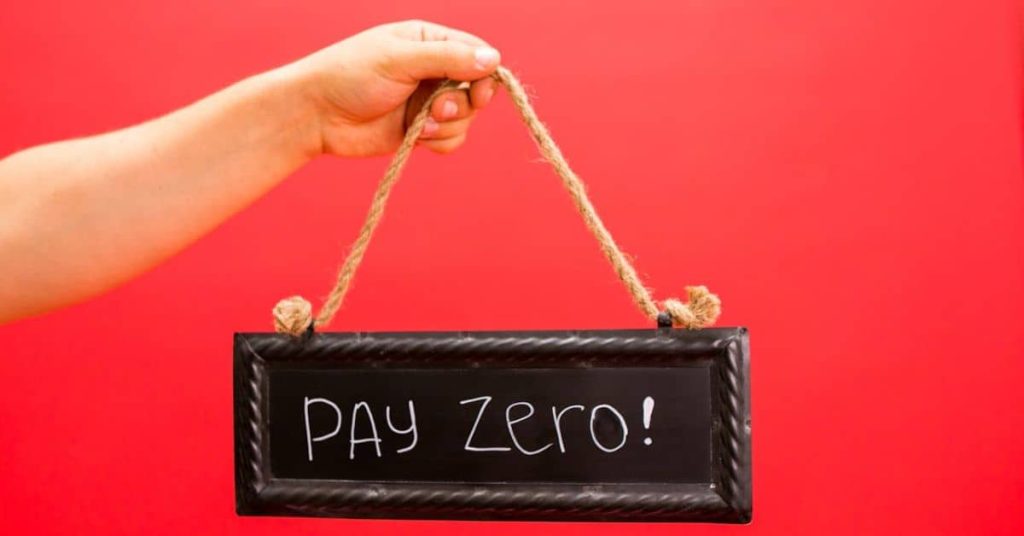
East-river counties offer richer soil and higher prices; west-river land is cheaper but drier. Match your budget to climate, then tap 2025 grants to soften the down-payment hit.
Best Counties to Begin a Homestead
If you crave farmers-market access and loam that drains fast, look at Brookings, Moody, or Lincoln Counties. West of the Missouri, Butte and Fall River trade rainfall for bargain acreage and wide grazing leases. What worked for me was visiting in March and September; mud season and harvest reveal problems that sunny July tours hide.
2025 Average Farmland Price Per Acre
According to the 2025 USDA NASS Land Values report, irrigated cropland averages $4,450 per acre in the east and $1,750 per acre in the western rangeland. Pasture tracks lower, so mixed-use parcels can shave 15 percent off the headline price (nass.usda.gov).
- Compare taxable value to sale price; big gaps hint at reassessment hikes.
- Ask the county treasurer for last year’s delinquent-tax list.
- Pull the NRCS Web Soil Survey before you book a flight.
- Walk each quarter-section after rain to map low spots.
- Budget a separate line for fencing; western parcels often lack boundary wire.
- Verify mineral rights in the county register before closing.
Cheap Land Hotspots & Tax Sales
Every June, counties auction tax-forfeit tracts. Fall River’s 2024 sale averaged $780 an acre for grassland with no house. Bring cashier’s checks and proof of funds; winning bidders finish paperwork the same day.
State & Federal Homesteading Grants
Beginner Vegetable Grower micro-grants ($5,000) open each January through the South Dakota Department of Agriculture. USDA’s EQIP cost-shares up to 75 percent on high tunnels and windbreaks, letting you stretch capital where it counts.
Beginning Farmer Bond Program Requirements
The South Dakota Value-Added Finance Authority issues tax-exempt bonds that drop interest two to three points on loans to $600,000. You must be under age 40 or have ten years or less farm experience, and the land must stay in ag use for three years after purchase.
Building Your Homestead: Step-By-Step How-To
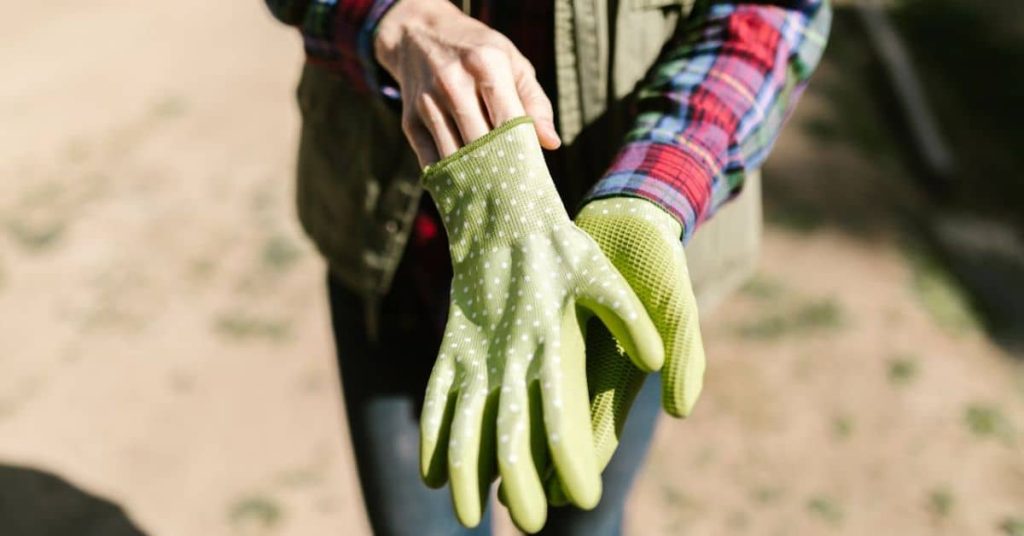
Place house and barn on the south-facing rise, file solar and septic permits together, and insulate a sod-lined root cellar to keep food and pipes safe through South Dakota’s long freeze.
Site Layout & Soil Assessment
Start by pacing out the high ground. South-facing slopes melt snow first, saving tractor time in March. Dig a spade’s depth and rub the soil; if it forms a silky ribbon you’ve got the loam that row crops love. Pull lab tests through the SDSU Extension before planting, $20 now beats years of guessing.
Off-Grid Energy Solutions: Solar & Wind Incentives 2025
The state still refunds 40 % of new residential solar up to $10,000. Wind micro-turbines qualify if rated under 50 kW. What worked for me was submitting the rebate form the same day the electrician filed the interconnect paperwork; the check landed before the first kilowatt hour.
- Mark true-south with a compass and flag panel rows.
- Set pole-mounts above record snow depth.
- Pull a net-metering agreement from your co-op.
- Wire stock-tank heaters to a dedicated inverter circuit.
- Log production monthly; rebates require proof of output.
- Budget for battery enclosure heat tape.
Raising Livestock for South Dakota Winters
Nubian goats and Icelandic sheep handle the cold, but water doesn’t. Stock-tank de-icers and a tire-house windbreak cut chore time when the mercury dives to -20 °F.
Best Crops for a Short Growing Season
Choose 80-day sweet corn, Alaska peas, and Early Girl tomatoes. I start transplants under lights in late February, then tuck them into low tunnels the first week of June. USDA Zone 4 rules, yet a bit of plastic adds two harvests.
DIY Sod-Insulated Root-Cellar Plan
Stack 8-inch sod blocks outside treated lumber walls for free insulation. A 4-inch PVC vent pipe keeps humidity near 90 %. Cabbage heads stayed crisp until April last year.
Farmers-Market Laws for Home-Processed Foods
Under South Dakota’s Home-Processed Foods Law you can sell jams, pickles, and breads up to $5,000 per event, just label the jars and offer a printed ingredient list (extension.sdstate.edu).
Budget & Financing: What It Really Costs in 2025

Expect $1,750–$4,450 per acre, 1.2 % property tax, and about $10,000 in first-year operating costs; stack grants and a Beginning Farmer Bond to cut your entry bill on a South Dakota homestead.
Land-Purchase Costs, Taxes & Insurance
USDA’s 2025 Land Values report lists irrigated East-River cropland at $4,450 per acre and Western pasture at $1,750 (nass.usda.gov). Add closing fees near 3 % and state documentary stamp tax of 0.23 %. Property tax averages 1.2 %, with an extra levy for school districts. I insure my house and outbuildings for replacement cost; the premium runs about $1.15 per $100 of coverage.
Build-Out vs Restoration Costs
Breaking raw ground is pricey: well and septic run $18,000, basic pole barn $35-40 per square foot. Restoring an older farmstead saves on structures but often means rewiring and bringing the septic up to code. What worked for me was budgeting a flat 25 % contingency; the surprise was always smaller than the cushion.
Financing & Tax Incentives: Grants, Bonds, Rebates
South Dakota’s Value-Added Finance Authority offers tax-exempt Beginning Farmer Bonds up to $600,000, dropping interest two to three points. USDA’s EQIP will cover 75 % of high-tunnel and windbreak costs, while the state solar rebate refunds 40 % of installed panel cost up to $10,000.
- Secure pre-approval from a local ag lender before you shop land.
- Apply for the Beginning Farmer Bond within 90 days of the purchase agreement.
- File the EQIP application by March 15 to catch the first funding cycle.
- Reserve 10 % of the loan for fence and water lines; many lenders allow it.
- Track every receipt in a spreadsheet for tax deductions and rebate proof.
- Appeal your first property assessment if it jumps more than 20 %.
Sample First-Year Budget Spreadsheet
My 2025 sheet shows $92,000 down, $14,400 in payments, and $9,800 for seed, fuel, and feed. Subtracting $12,000 in grants pushed the net to 84 % of traditional cost. Plug your own numbers and watch the margin grow with each rebate.
Stories From the Prairie: Wins, Woes & Wisdom
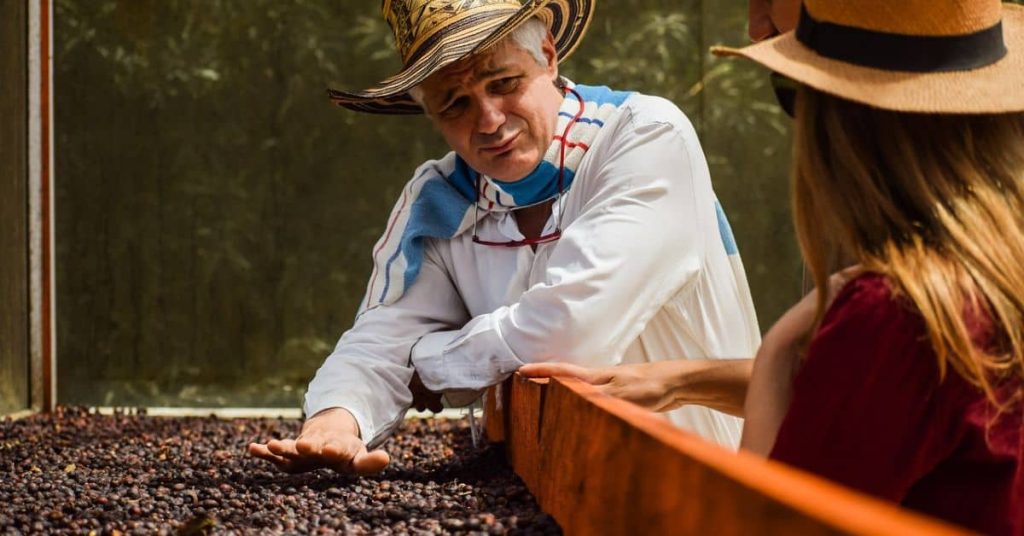
Real-world homesteaders share lessons on hoop houses, zoning hurdles, solar pumps, and farmer-market teamwork so you can avoid costly missteps in South Dakota.
My 2025 Hoop-House Retrofit Success Story
Last January a sheet of ice collapsed my old plastic tunnels. I rebuilt with galvanized arches and double poly, then piped wood-stove heat under the beds. Tomatoes ripened by mid-June, a full month sooner than before. What worked for me was hanging a cheap wireless sensor at plant height; seeing real-time temps kept me from overfiring the stove.
Securing an Ag Variance in Pennington County
Our five-acre parcel was zoned rural residential, barring livestock. I attended the planning meeting with letters from four neighbors and a detailed manure-management plan. The board granted the variance on the spot, proving paperwork plus polite persistence still pays.
Solar-Pump Install on Tribal Cooperative Land
Through a cooperative grazing lease with the Oglala Sioux Tribe, I installed a 900-watt array driving a DC well pump. The Bureau of Indian Affairs reimbursed 50 % under its Ag Resource Management Program (bia.gov).
Community Co-Op & Farmers-Market Experiences
Pooling orders for organic feed shaved freight costs by a third. Our Saturday stall in Rapid City clears $600 on a good day, and customers love hearing the “frozen goat trough” story.
Key Takeaways & Next-Step Checklist
- Tour hoop-house farms before buying materials.
- Draft a manure plan with setbacks and submit it alongside your variance request.
- Ask county staff for sample variance packets to mirror their format.
- Check tribal or federal cost-share programs if leasing Native land.
- Install a remote temperature probe to fine-tune heating fuel use.
- Join or start a feed-buying co-op to cut input costs.
- Tell your origin story at the market table; authenticity boosts sales.
These field-tested wins and occasional bruises remind us that Homesteading in South Dakota thrives on community, careful prep, and the humility to learn from frozen troughs and planning boards alike.
Frequently Asked Questions
Can you still homestead in South Dakota?
Yes, but you must buy the land on the open market, then file a homestead exemption form with the county to secure tax breaks and creditor protection.
What town does Kevin Costner own in South Dakota?
Costner doesn’t own an entire town; he formerly operated the Midnight Star Casino and still runs the Tatanka bison center near Deadwood.
How do I start homesteading in South Dakota?
Start by pre-qualifying with an ag lender, touring counties in mud season, and submitting well, septic, and homestead-exemption paperwork within 30 days of closing.
South Dakota homestead laws simplified?
The law shields your primary home plus forty acres (or one town lot) from most creditors and lowers property tax if you file Form UCC-130 promptly.
Recap: Homesteading in South Dakota
Breaking ice from a goat trough at dawn while prairie wind slices across forty open acres is the sort of trial that tests any South Dakota newcomer. Yet every cracked layer taught me where to plant a south-facing shelterbelt and why a backup stock-tank heater belongs on your shopping list. The good news is that the same frost that stiffens your gloves also sweetens over-wintered carrots and keeps neighbors eager to swap tips over hot coffee.
I’d love to hear how your first blizzard, bumper crop, or zoning win played out, drop a comment below so we can learn from each other.
Disclaimer: The information provided in this article is for general informational purposes only and is not intended to be a substitute for professional advice. The author of this article does not claim to be an expert in homesteading and the information provided should not be relied upon to make decisions about your own homesteading journey. Please do your own research and consult with a qualified professional before making any decisions about your homestead.
Share via:
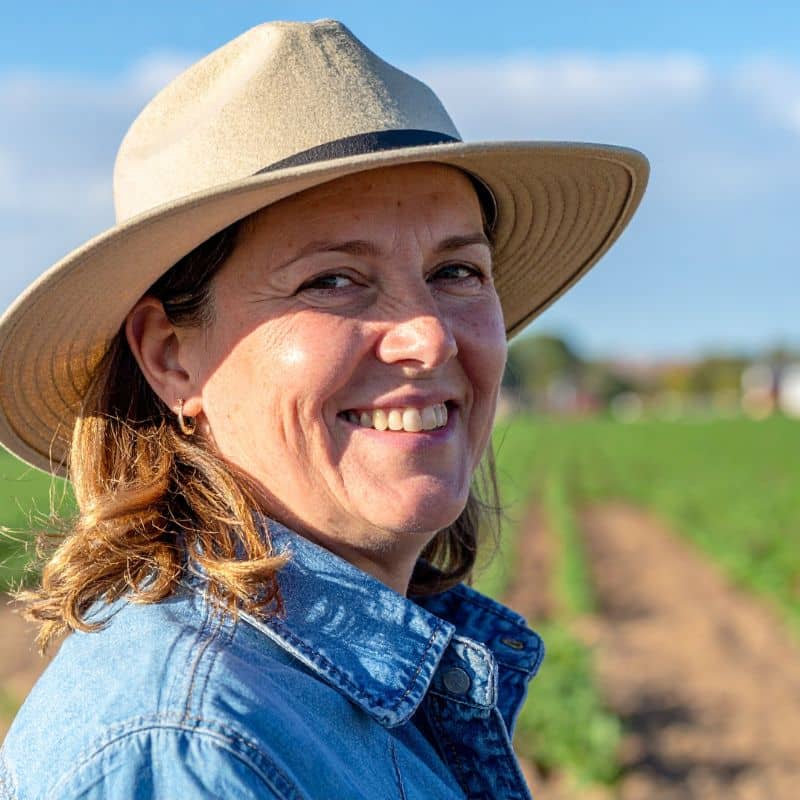
Co-Founder at Homesteading Simple | Horticulture & Sustainable Living Educator | 25 Years in Practical Homesteading

